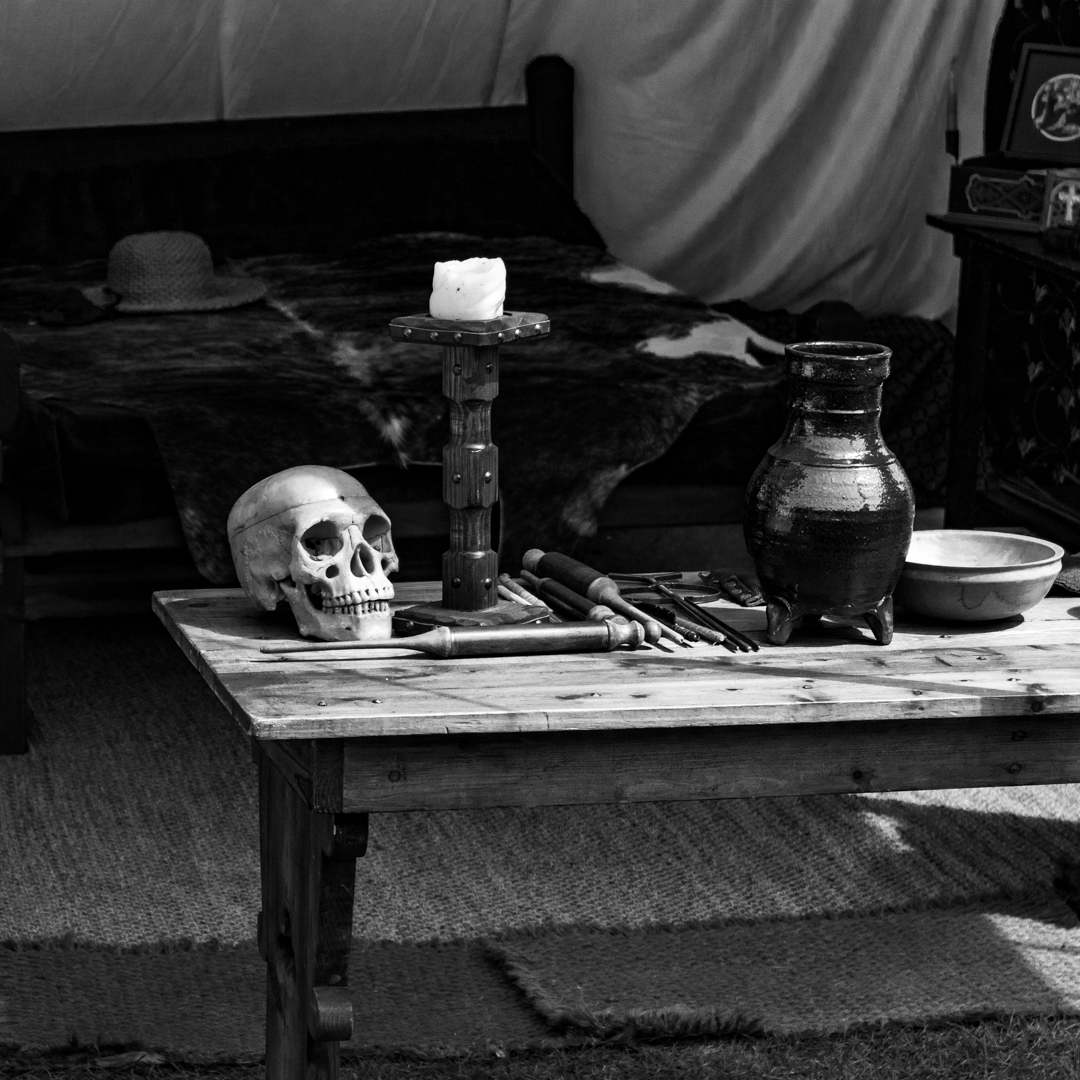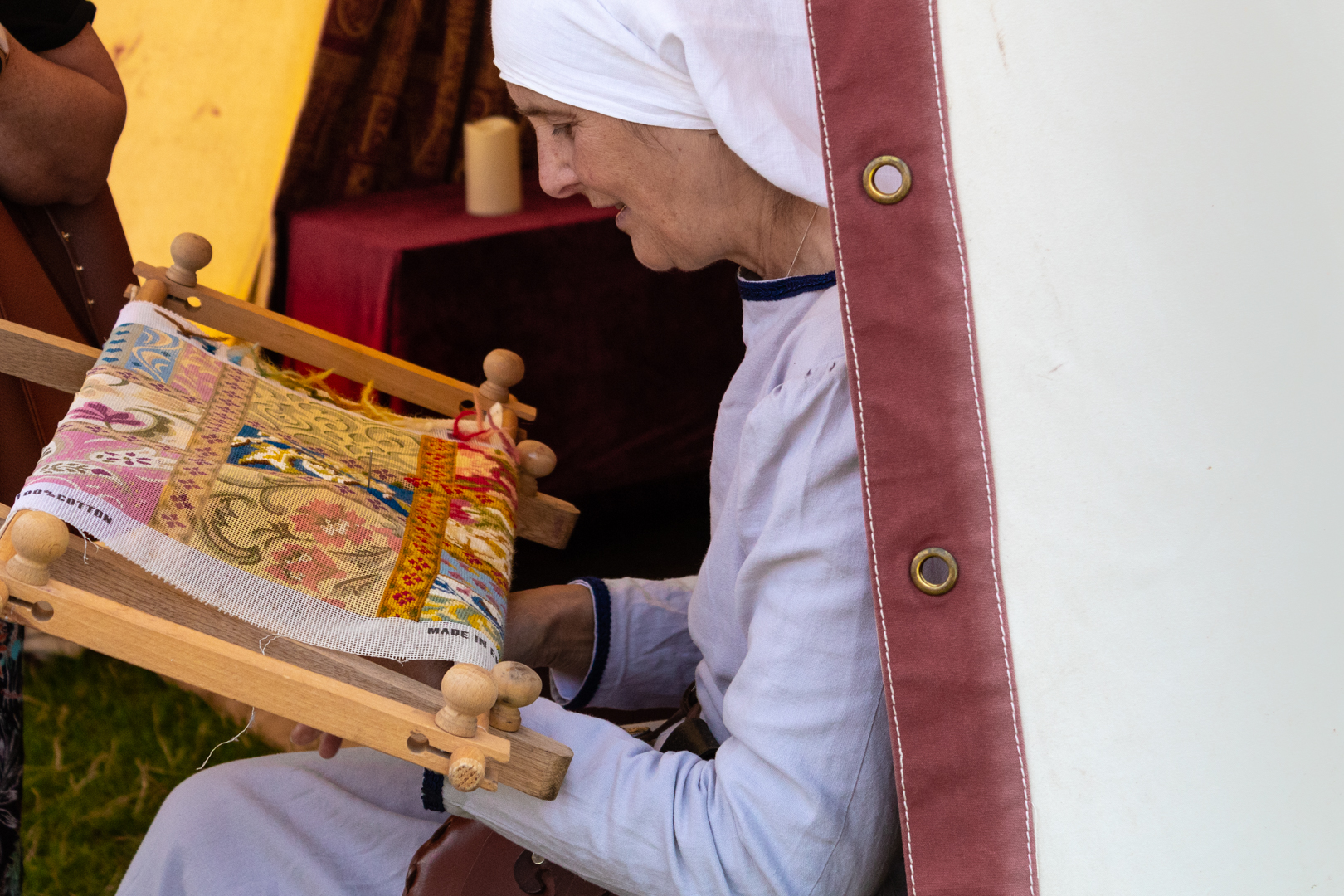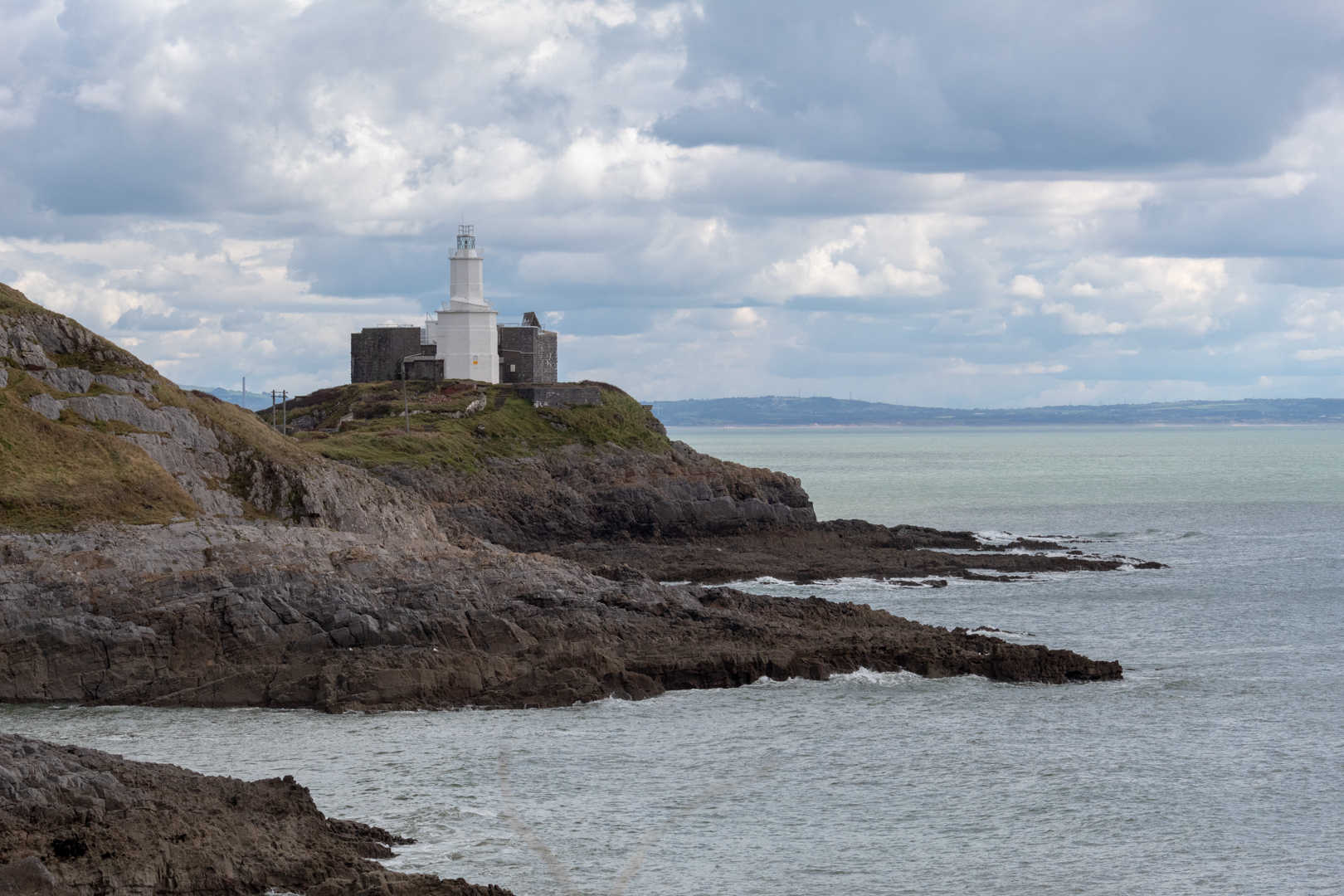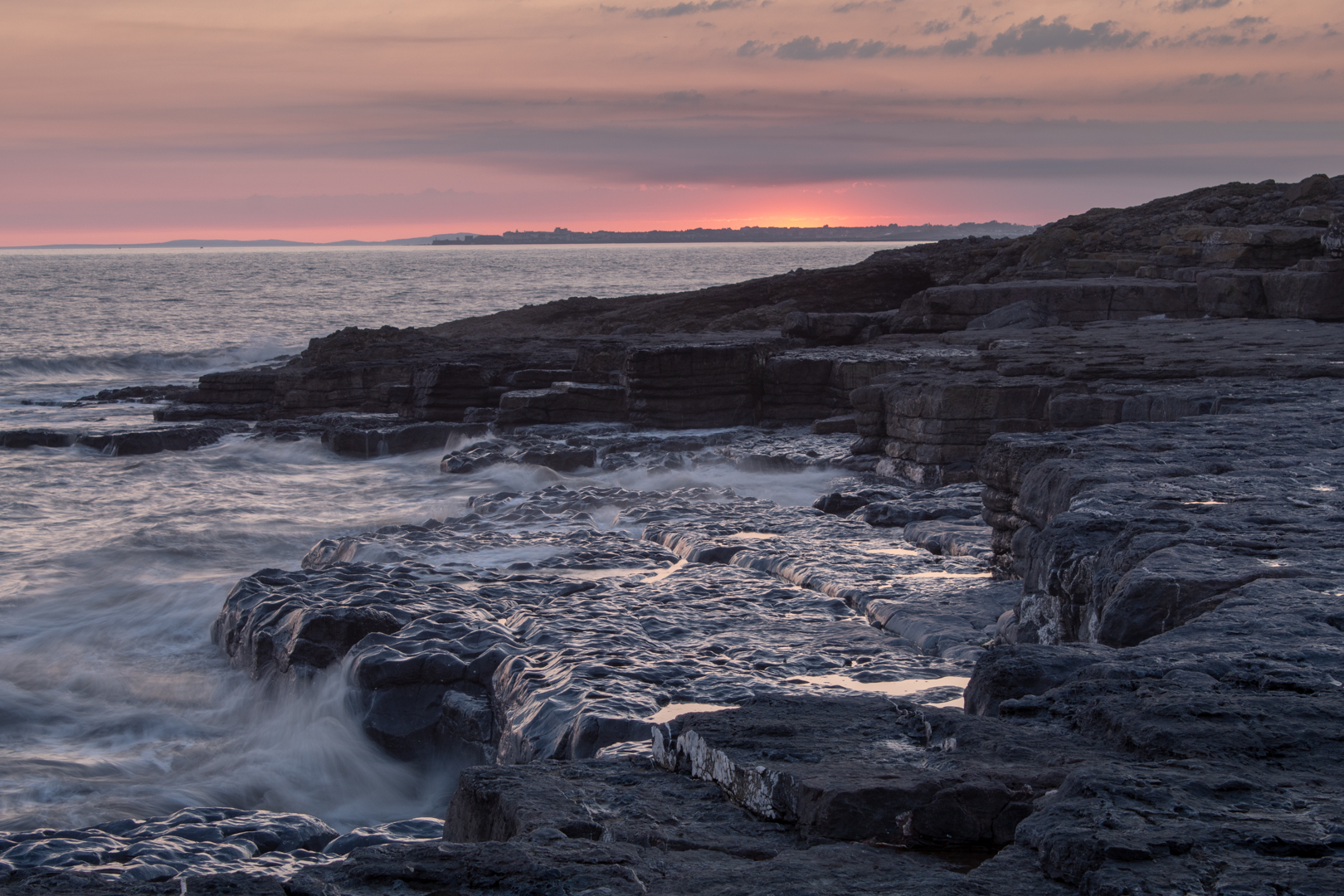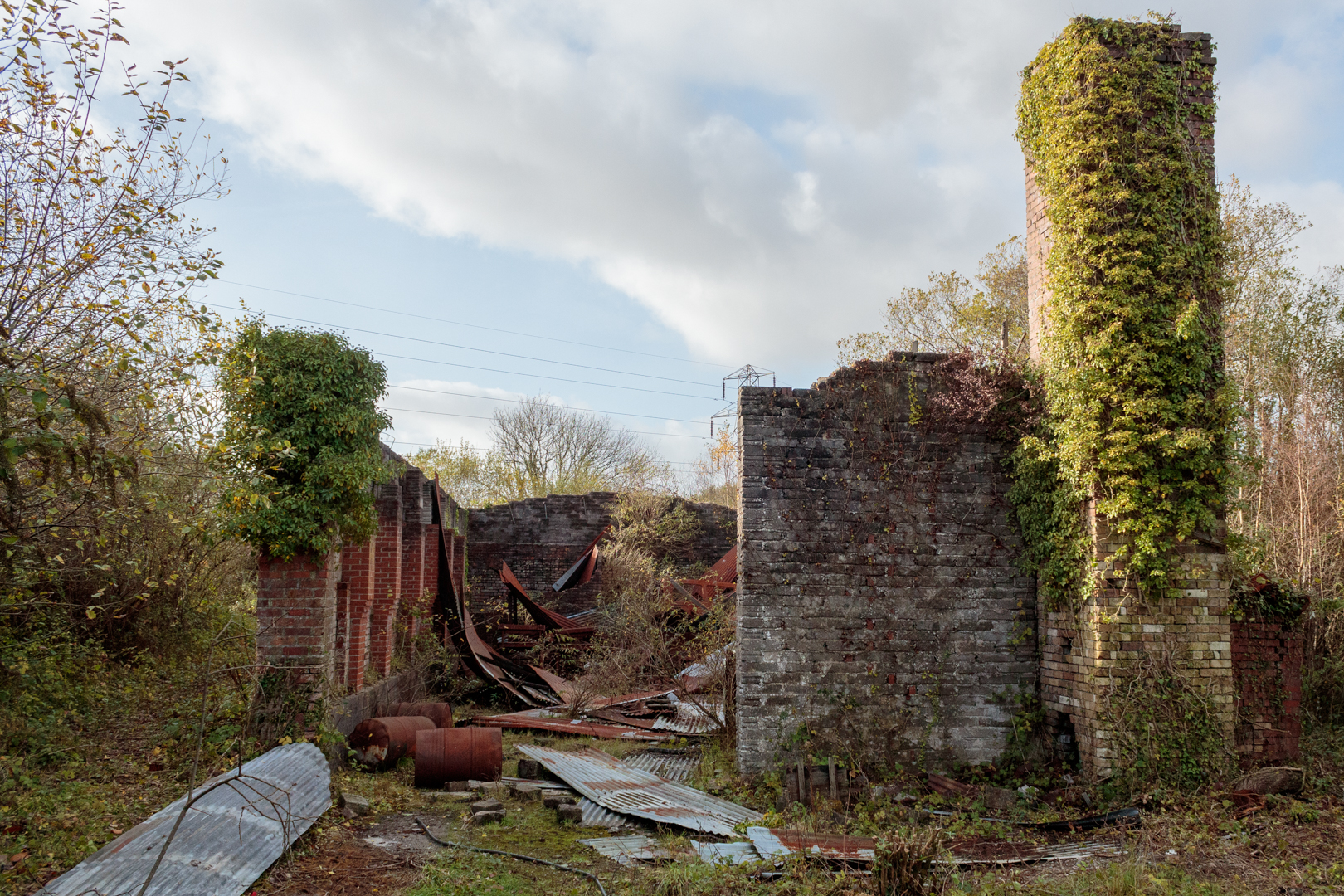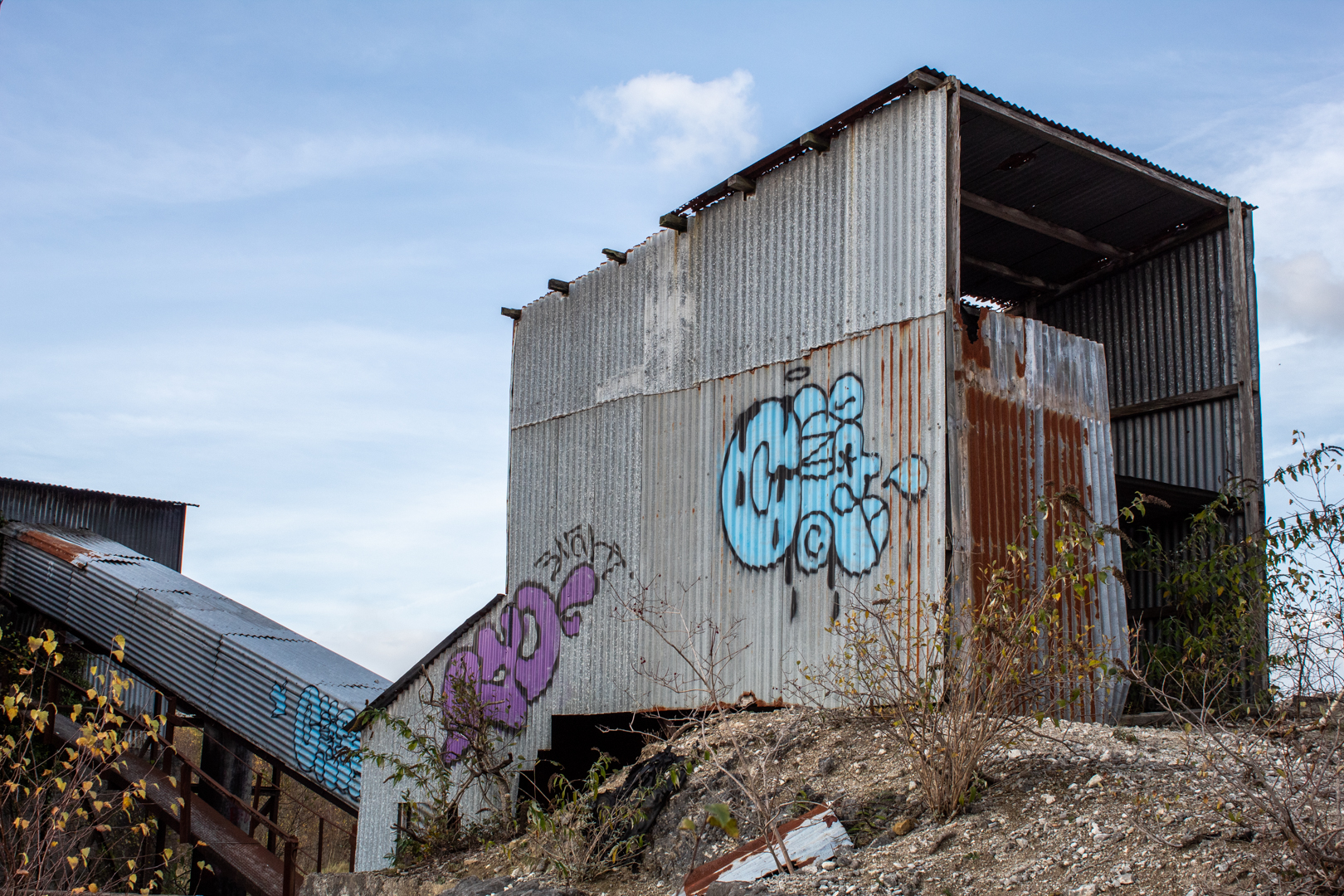Date of Visit: 05/2019
Wales has many castles most of which are in ruin.
In 2019 I visited the ruin of Ogmore castle.
The building of Ogmore Castle was started in the early 12th century and looks to have been started around 1106, however, this would seem to pre-date the Norman conquest of the area. It is noted that the Manor and Castle were given to William de Londres, one of the legendary Twelve Knights of Glamorgan, by Robert Fitzhamon, the Norman conqueror of Glamorgan in 1116.
In the 13th century, the castle was extended with another level added to the main building.
Ogmore castle is situated near the coastal village of Ogmore-by-Sea. The river that runs close to the castle is the Eweny River which flows through Eweny Village and near its priory on it's way to the sea.
The larger Ogmore river which gives its name to the area is also close to the site running slightly north-west of the castle before joining with the "Eweny" before reaching the sea.
The river is tidal and perhaps the most famous feature of this castle site is the stepping stones that cross the river at the castle allowing access to the small picturesque area of Merthyr Mawr which has it's own Candleston Castle (a future post no doubt).
A carved stone discovered at the castle in 1929 is part of an early 11th Century shaft of a cross-slab, with inscriptions on both faces.
Supposedly, the inscription reads: EST / QUOD.DED[IT] / ARTHMAIL /AGRUM DO / ET GLIGUIS. / ET NERTAT ET FILIE : SU[A]
Footer:
Visit Information:-
Google Reference
51.48063551125546, -3.6114926695121103
Google Search reference: Ogmore Castle
What Three Words reference : ///salsa.others.oval
Additional information
Visiting is easy and there is a small parking area.
This can get very busy during holidays.










